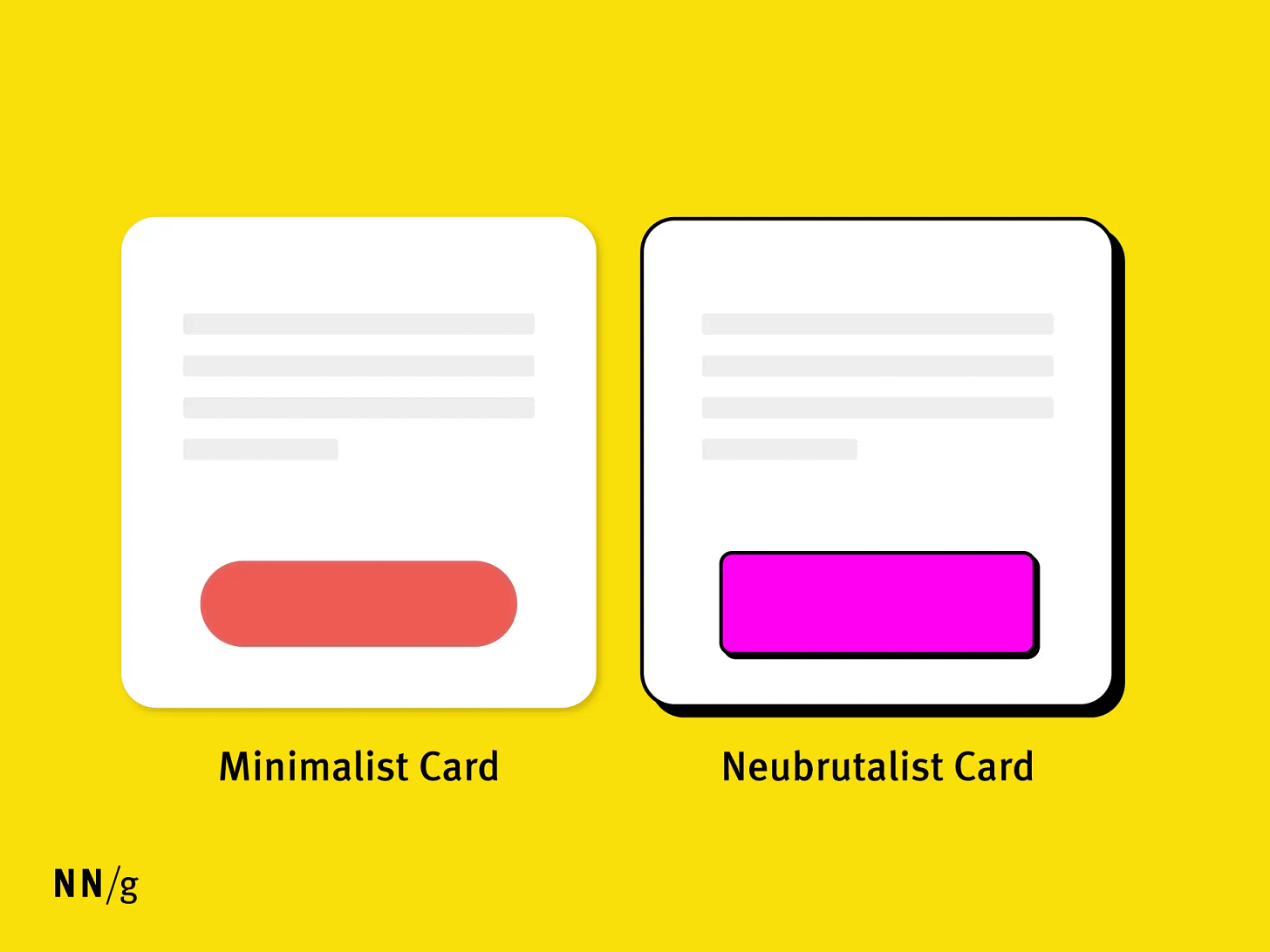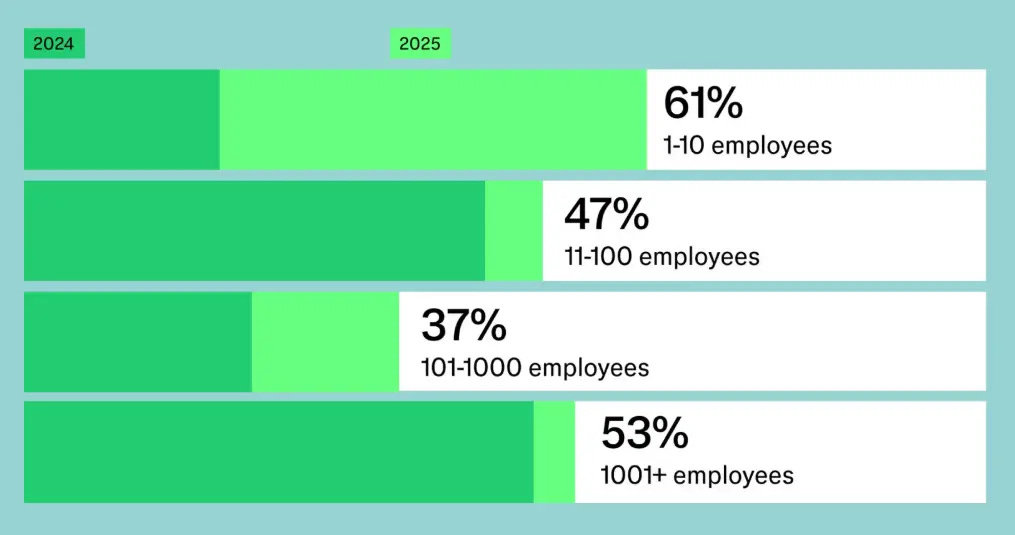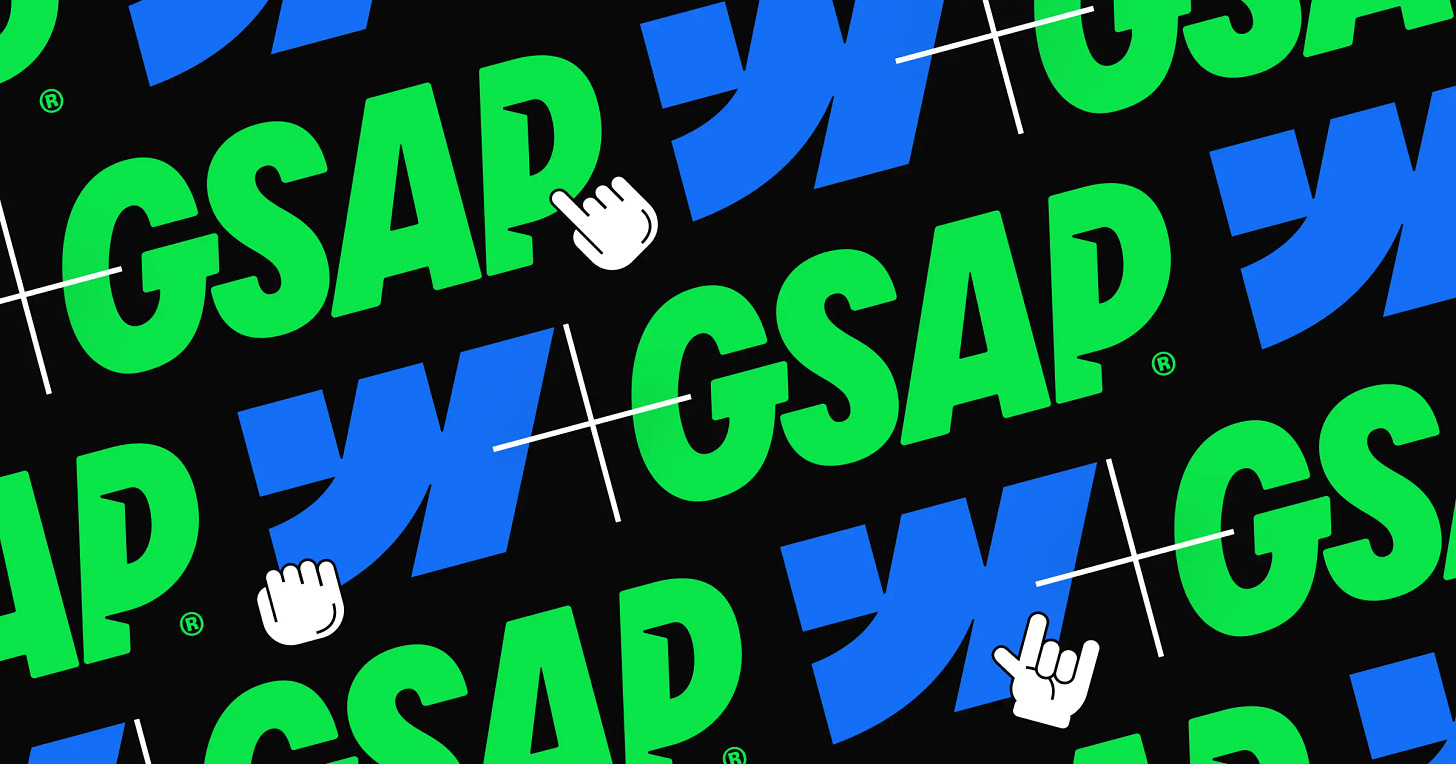Issue 149
Doodling sapiens
Hello, dear readers! 👋
In this issue, among other things:
What distinguishes effective colleagues apart from technical skills
How the development of AI affects the work and thinking of real teams. 5 trends
Visual features of non-brutalism
Practical tips for polishing animations in interfaces
How to simplify working with design systems in Figma
How people use AI. Top 100 real-life scenarios
How vinyl cover design has evolved since the 1910s
…and much more!
Enjoy reading!
🗞 News and articles
Ben Kuhn from Anthropic analyzed the work of his most effective colleagues and found out that in addition to high technical skills, they are distinguished by two important skills: agency and taste.
Agency manifests itself in initiative, perseverance and responsibility for results, and taste in the ability to choose successful areas and ways to implement them. The combination of these skills allows you to choose and perform the work that provides the most benefit relative to the time spent. It works in both large and small tasks.
The main thoughts:
Agency. Combination of initiative, activity, and resourcefulness that helps you believe in success and achieve it.
Taste. Intuition that helps you determine what tasks are worth doing and how to do it.
Without taste, there is a risk of choosing a failed task. Without agency, there is a risk of not succeeding even in a project with great potential.
One of the main ways to increase agency is to learn how to think from the "root goal" and look for the most effective ways to achieve it. Even if they don't match the original task.
Real professionals take responsibility for achieving a goal, not just for doing the job.
Employees with high agency make success "inevitable" by calculating risks, finding compromises, and solving problems in a timely manner.
Sometimes potentially successful ideas can look questionable. To launch them requires the confidence of a person with high agency
Taste develops through conscious practice and reflection. We need to try to anticipate the consequences of decisions and analyze the past
Neobrutalism: Definition and Best Practices
NNGroup talked about the visual features of non-brutalism in interface design and collected better examples of its application.
Neo—brutalism is a style that combines bright colors, sharp contrasts, thick borders and deliberately "sloppy" elements. Unlike brutalism, it is more structured and often refers to the visual language of the 90s.
Figma’s 2025 AI report: Perspectives From Designers and Developers
Andrew Hogan of Figma shared five main findings from the company's latest AI trends report. The report is based on a survey of 2,500 Figma users and shows how the development of AI affects the work and thinking of real teams.
The main thing:
Agent-based AI is the fastest growing segment. During the year, users began to create twice as many similar products.
Classical skills and practices are still important, but they need to be adapted to new AI tools.
Small companies are most actively implementing AI. 61% of respondents work in companies with up to ten employees and consider AI to be critically important for their work
Developers rate the work of AI better than designers (82% vs. 69%). They are already using it to complete tasks while the designers are just looking for an approach.
AI increases the speed of task completion, but the quality of the result and practical application remain questionable.
⚡️ Briefly
Button States: Communicate Interaction. NNGroup talked about the five button states and how to display them correctly.
Webflow has made the GSAP JavaScript library free, which allows you to animate any objects on the site. It can be used for Webflow projects and more.
Keep reading with a 7-day free trial
Subscribe to bezier.design to keep reading this post and get 7 days of free access to the full post archives.








